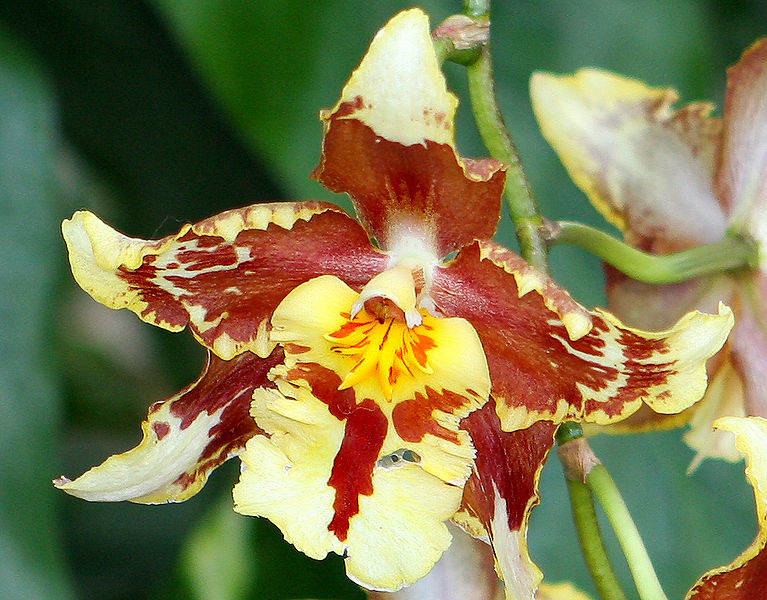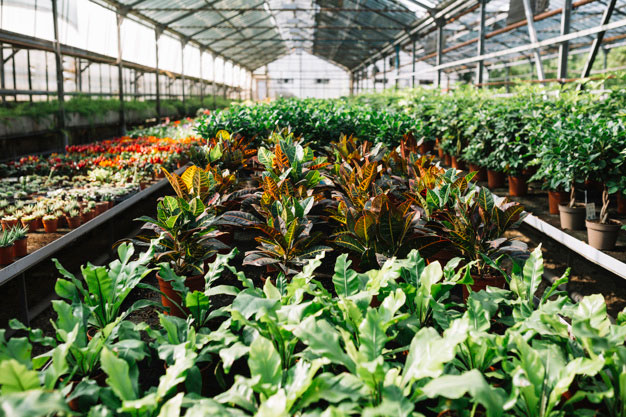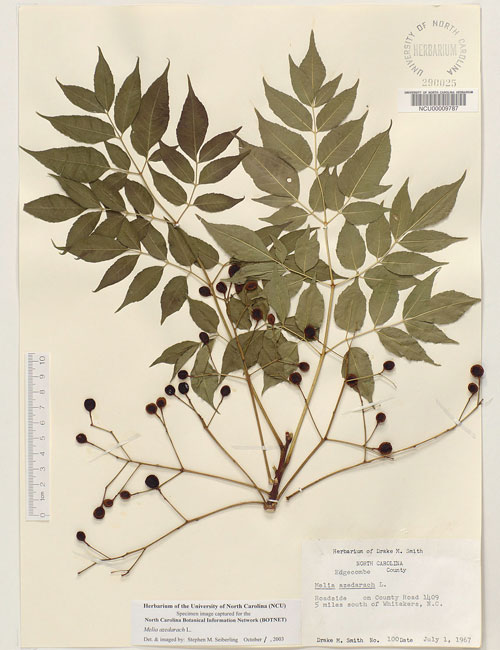Floriculture
The flower has acquired an unique position in our lives. Floriculture deals with growing or cultivation (large scale) of beautiful flowering plants.
Prokaryotic DNA polymerases
Three different prokaryotic DNA polymerases are known, of which DNA polymerases I and II are meant for DNA repair and DNA polymerase IN is meant for actual DNA replication
Bioenergetics
An amalgamation of the term biological energetics, is the branch of biology and biochemistry that is concerned with how organisms extract energy from their environment and with how energy is used to fuel the myriad of life?s endergonic processes.
Migration of Germ Cells
In vertebrates, the actual tissue from which gonads arise appears in early development as a pair of genital ridges, growing into the coelom from the dorsal coelomic lining on each side of the hind-gut near the anterior end of the kidney (mesonephros).
Plant Life Cycle

Among all living organisms, flowers, which are the reproductive structures of angiosperms, are the most varied physically and show the greatest diversity in methods of reproduction of all biological systems.
Cultures of Microorganisms
Microorganisms isolated from different sources (soil, water and air) or genetic manipulation are cultured on growth media.
Chlorobacteria
The Chloroflexi (Chlorobacteria) are a class of bacteria that produce energy through photosynthesis. They make up the bulk of the filamentous anoxygenic phototrophs
The nature of horticulture

Horticulture may be described as the practice of growing plants in a relatively intensive manner. This contrasts with agriculture, which, in most Western European countries, relies on a high level of machinery use over an extensive area of land
Types of Mutations
Mutations are heritable changes in the genetic material that give rise to alternative forms of any gene. These alternate forms are called alleles. There are two broad types of mutations, those that affect the gene and those that affect whole chromosomes (
Types of Tissues
A tissue is a group of similar cells (together with associated cell products) specialized for the performance of a common function.
Herbarium

In botany, a herbarium is a collection of preserved plant specimens. These specimens may be whole plants or plant parts: these will usually be in a dried form, mounted on a sheet, but depending upon the material may also be kept in alcohol or other preser
Trees

A tree is a perennial woody plant. It is most often defined as a woody plant that has many secondary branches supported clear of the ground on a single main stem or trunk with clear apical dominance.
Alkaloids
Alkaloids are classified according to the amino acid that provides both the nitrogen atom and the fundamental portion of the alkaloid skeleton, and these are discussed in turn.
Column Chromatography
Column chromatography is one of many forms of chromatography. Others include paper, thin-layer, gas, and HPLC. Most forms of chromatography use a 2-phase system to separate substances on the basis of some physical-chemical property.
Natural Antioxidants in Foods
To protect food quality and safety, antioxidants are often added to processed foods. These antioxidants can be synthetically derived compounds, such as butylated hydroxytoluene and ethylene diaminetetraacetic acid.
Insect Armor
Most insects? tough exoskeletons protect their bodies from predators and from drying out. however, some insects?including young insects, such as caterpillars - have soft bodies. they benefit by adding an extra layer of protective armor.




